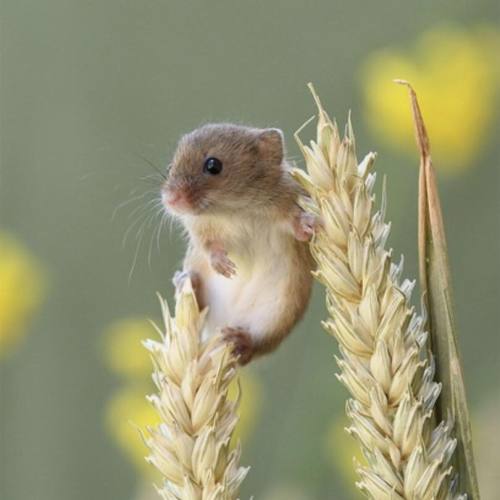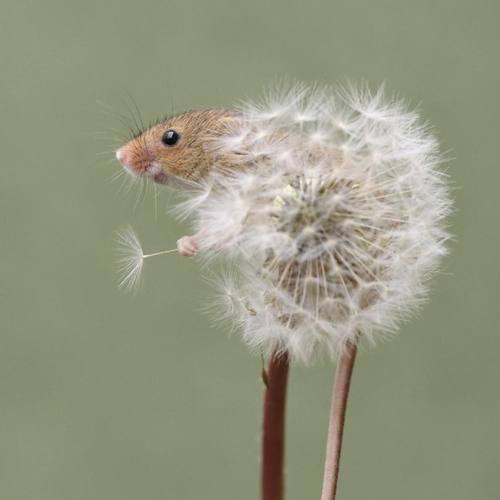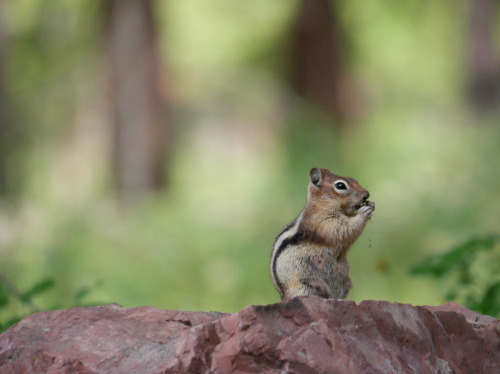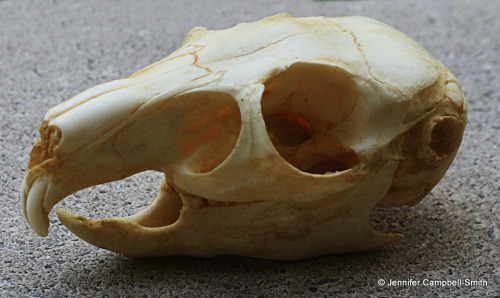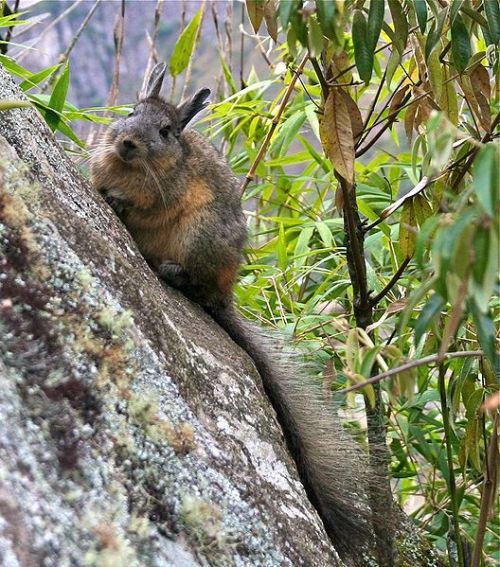#rodentia
Callospermophilus lateralis “Golden Mantled Ground Squirrel” Sciuridae
Blackfoot River Recreation Corridor (BLM), MT
June 8, 2016
Robert Niese
Look at this adorable little fatling! Golden Mantled Ground Squirrels are a common, endearingly pudgy species found throughout western North America east of the cascades and Sierras. They, along with dozens of other ground squirrel species (41, to be precise), were part of the Great Ground Squirrel Generic Revision of 2009. In this taxonomic revision, mammalogists at the Smithsonian National Museum of Natural History determined that the mega-genus Spermophilus was likely a paraphyletic clade of 8 separate genera. Callospermophilus was one of those genera that rose from the ashes of the Spermophilus mega-genus. Today it remains a distinct genus with only three species, all of which are restricted to western North America. Here in the PNW, one of these species, C. saturatus, is endemic to the Cascade range where it likely became isolated by the Columbia River, allowing it to differentiate from its eastern sister species, C. lateralis.
Post link
I took some photos of a replica viscacha skull that is in a collection I manage for my university. The replica was made by Skulls Unlimited and is listed as a female mountain/southern viscacha (Lagidiumviscacia), but the scientific name given on the tag is for the northern viscacha (Lagidiumperuanum). I’m not well enough versed in viscachas to tell you which one the skull is from. The cast is listed as being made from a specimen at the California Academy of Sciences, so there is a chance that the original specimen was the one mislabeled. How could this happen? Well, there is a chance that the northern and southern viscachas were originally classified as a single species and later separated. The tag for the specimen may not have been updated. I found a paper that only recognized 3 species as of 2004, whereas now there are 5 recognized species, so the scenario I gave is very likely!
Anyhow, the northern and southern viscachas are rodents that are closely related to the well-known chinchilla. They superficially resemble a rabbit, or hare (which are lagomorphs, not rodents) with a long, bristly tail. They occur is western South America in parts of Chile, Peru, Argentina, and Bolivia. They are herbivorous and are found at elevations of a mere 980ft (300m) to an impressive 16,700ft (5,100m)! They are also rather adorable.
The two photos of live viscachas were sources hereandhere.
Post link

South America//Least Concern//Rodentia//image source
Pacas are closely related to the other large South American rodents (capybara, nutria, etc.), and similarly lives near rivers. It is the only mammal to have a specially adapted zygomatic arch that acts as a sonic resonating chamber.

South America//Near Threatened//Rodentia//image source
Fun Fact: Although they resemble rabbits, maras are more closely related to guinea pigs and cavies.
While eating her lunch Angelcakes stretches out, to try to make more squirrel in which to fit more nuts.
Post link
[in an Australian accent] “Okay so, story time, I have this little mouse that I named Billy Bob that’s been living in my pantry, he’s been there for months. Um, today I heard him squeaking in the pantry so I went and looked and guess what- he got his head stuck in a rigatoni~”


